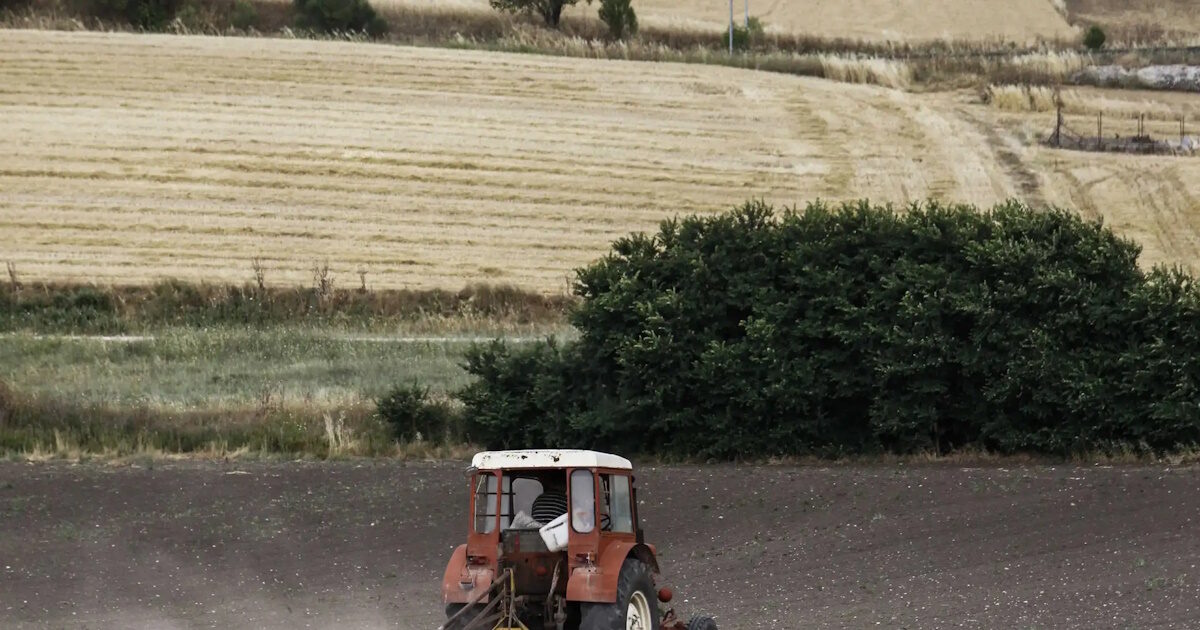The farmers and EFC oil are coming back into focus following the government’s announcement to widen refund limits.
Specifically, as announced yesterday (11.11.2025) by Kostis Hatzidakis and Kyriakos Mitsotakis, the upper limit of the subsidized liters for which the oil tax is returned to professional farmers will be increased by 50%, with effect from 2025 and on a permanent basis. The change corrects cuts that appeared in the third tranche in November when consumption tariffs exceeded the old caps, and from December the corresponding extra amounts will be credited.
The new limits for farmers and the Oil Tax Agency mean in practice that the maximum annual eligible quantities, as defined per crop (litres/hectare) and per animal category (litres/animal) in the annex of KYA A.1173/2024, increase horizontally by 1.5 times. The refund rate remains at €0.41 per liter and applies up to the new, increased limit per VAT number, based on invoices sent to myDATA/eSend.
It is noted that in the third tranche of 06.11.2025, 18.63 million euros were credited to 82,624 professional farmers, but a part saw deductions because they exhausted the limits. With the 50% increase, an estimated 25,000 producers who were shorted in November and another 12,000 who had zero credit because they exceeded the cap earlier will receive an extra amount in the December payment cycle. The calendar foresees two more payments, until 30.12.2025 (for invoices until 30.11) and 31.01.2026 (for invoices until 31.12).
Based on the new framework, professional farmers can calculate what their benefit will be from the new limits. For example:
- A producer with 100 hectares of durum wheat is entitled to 24 litres/hectare (from 16), i.e. 2,400 litres. The maximum refund reaches 984 euros (2,400 times 0.41).
- In cotton, 200 hectares yield a new limit of 45 litres/hectare, i.e. 9,000 liters and a maximum return of €3,690.
- For 50 acres of olive groves for olive oil, the index becomes 13.5 liters/acre, so 675 liters and a credit of up to 276.75 euros.
- In livestock production, a farm with 300 ewes/goats over a year old is entitled to 4.35 litres/animal, i.e. 1,305 liters and a refund of up to 535.05 euros.
- Mixed farm with 70 acres of maize (irrigated) and 120 ewes: maize yields 42 litres/ha, i.e. 2,940 litres, and livestock 4.35 litres/head, i.e. 522 litres. A total of 3,462 liters and a maximum refund of €1,419.42, provided there are equal oil purchase invoices within the year.
If the invoices are less than the theoretical limit, the refund is limited to the actual, invoiced consumption passed to myDATA/eSend. For special categories (such as traditional olive groves in the Small Aegean Islands) the corresponding indicators in the table apply and are also increased by 50%.
Beneficiaries until the final liquidation should ensure an accurate matching of EAE acres and heads with actual production activity, timely and correct transmission of invoices and control that the sum of liters does not exceed the new limit. Where there are excesses or differences in the final statements, AADE will offset them in the following installments or in the final payment in January.
